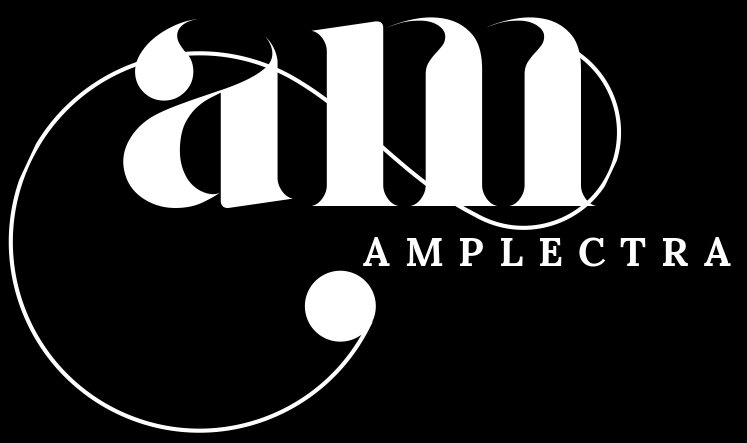TESCO’s Seasonal Marketing Strategy: A Deep Dive into Their Easter Web Content
Amplectra
111 followers
April 23, 2025
Tesco’s website features a well-organized menu and a clear page hierarchy, allowing users to navigate the site easily and efficiently.
Tesco transformed its homepage with Easter-themed content, exemplifying a classic seasonal marketing strategy. The primary goal is to reinforce brand positioning during this key shopping period.
The site showcases high-quality visuals that quickly convey messages, evoke emotion, and enhance the overall aesthetic. Complementing the imagery, the accompanying text features playful puns and witty wordplay like “Have an eggcellent time”, designed to entertain visitors and create a cheerful browsing experience.
Tesco’s use of dedicated Easter subpages, each focused on a specific category like eggs, chocolates, cakes, lunch, drinks, BBQ, gifts, etc., is a smart and layered strategy.
Breakdown Of This Strategy
Conversion Funnel Optimization
Each Easter category page functions like a mini-storefront, eliminating distractions and guiding shoppers directly to what they’re looking for—or what they didn’t even realize they wanted.
Boosting Average Order Value
By separating categories such as Easter drinks, cakes, and BBQ, Tesco subtly encourages add-on purchases that customers might not have initially planned.
Example:
A user buying Easter eggs clicks on the “Easter Drinks” link → browses → adds a product to their cart → total basket value increases.
SEO Strategy
Each subpage helps Tesco rank on Google for long-tail, Easter-specific searches like “Best Easter cakes UK,” “Easter lunch ideas Tesco”, or “Easter decorations for kids”. This drives organic traffic from shoppers who may not even start their journey on the Tesco homepage.
The clickable links such as "Shop arts and crafts", "Shop Cadbury Easter range", and "Find Easter recipes" are strategically placed internal links.
Breakdown Of This Strategy
SEO Strategy
Internal linking helps distribute link equity across the site and facilitates faster indexing of new or seasonal pages, such as the “Easter recipes” section.
Optimized User Journeys
These links keep users engaged longer by guiding them through intent-driven paths.
Example:
From discovery → “Easter craft ideas” → to purchase → “Shop arts and crafts”.
Brand Affiliation
Tesco leverages Cadbury’s brand trust through co-branded promotions. This approach drives traffic toward high-margin or high-conversion categories.
That popup message on the Tesco website is part of a broader customer feedback strategy aimed at enhancing the user experience. Tesco is looking to gather direct feedback from real users in order to:
- Identify pain points in the website journey
- Spot opportunities for improvement (e.g., navigation, speed, design)
Breakdown Of This Strategy
Targeted Surveys
By requesting to email users after their visit, Tesco encourages more thoughtful and comprehensive feedback.
Voluntary Participation
Because the survey is opt-in, Tesco primarily hears from engaged users, those more likely to provide constructive insights.
Enhanced Customer Experience
The feedback helps reduce friction points and tailor the website to user needs, ultimately improving conversion and retention.
Continuous Optimization
This supports an agile approach, allowing for constant tweaks and testing of features based on real-time input.
Ultimately, the core objective is to build stronger brand loyalty by showing that Tesco listens and acts on customer feedback.
Just had to share these copies, they're too cute and clever not to!
Hope you found this blog eggs-tremely useful, follow our LinkedIn page for more cracking case studies!









